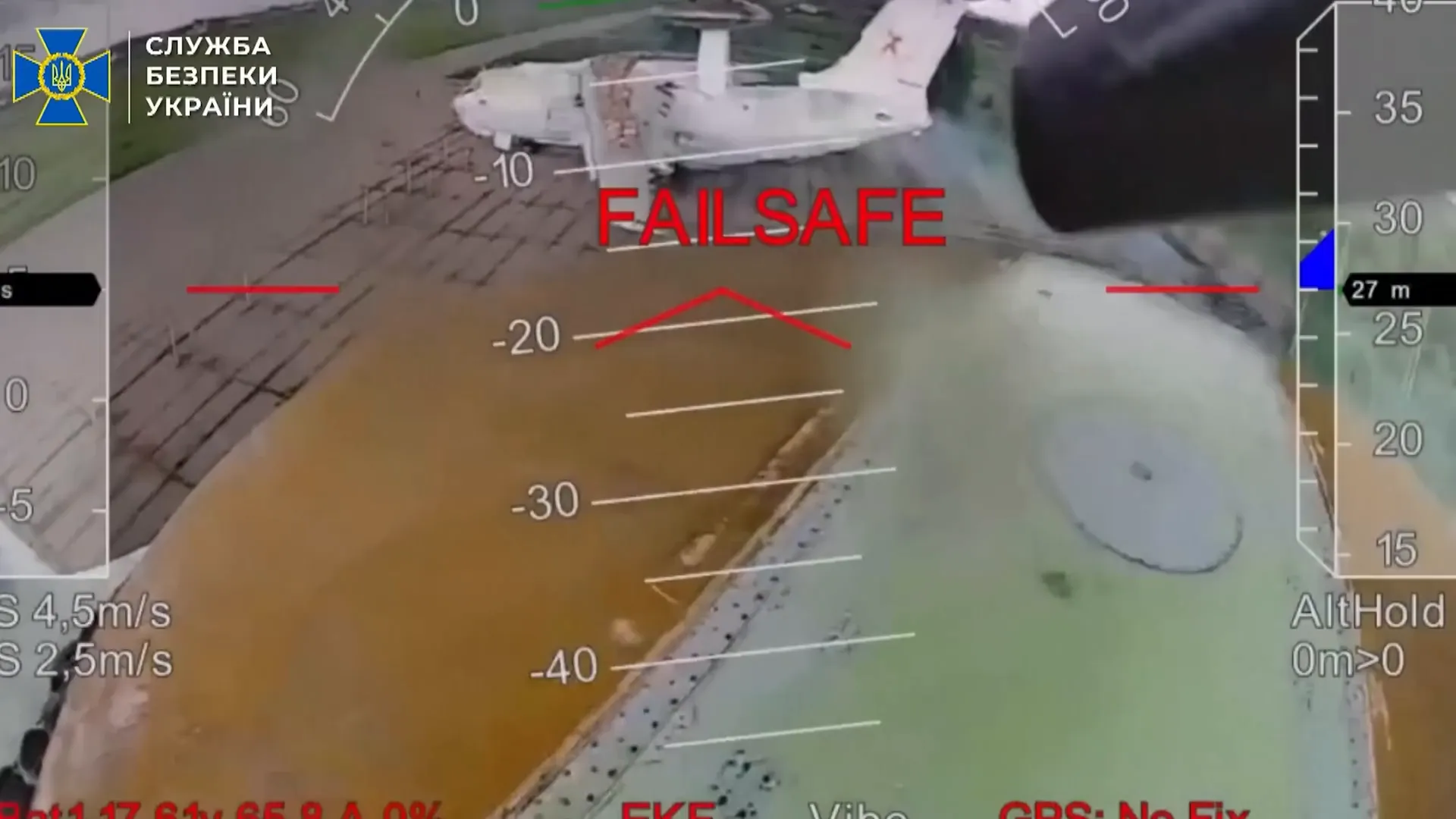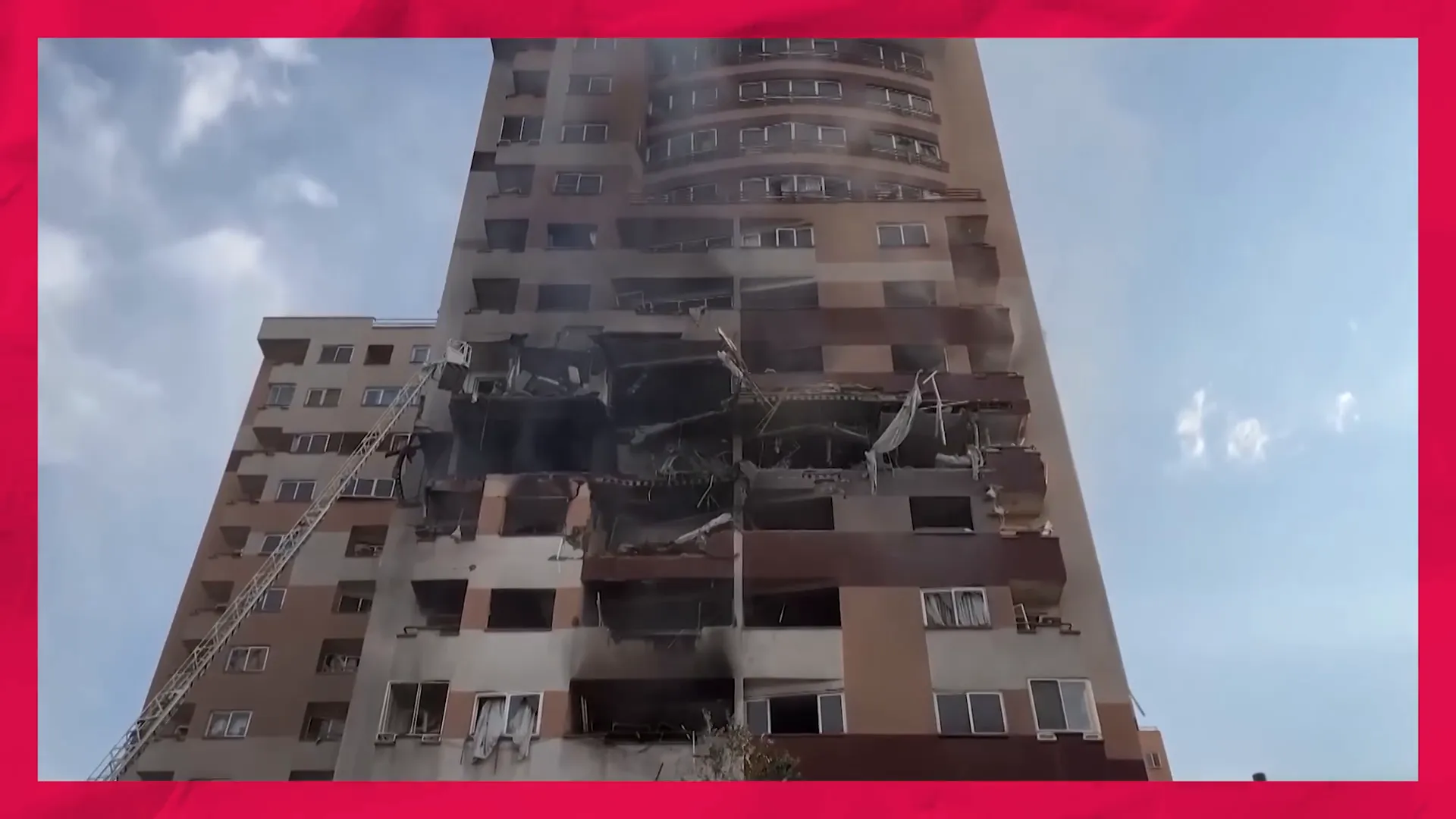Jul 3, 2025
How Israel's Perfect Sneak Attack on Iran Will Change Warfare Forever

In recent years, the nature of warfare has undergone a dramatic shift, where covert drone attacks have rewritten the rules of engagement. The traditional image of warships on the horizon or stealth bombers overhead is being eclipsed by a new era of tactical surprise—one where drones hidden inside shipping containers or disguised within everyday objects can inflict massive damage. This transformation is vividly illustrated by the Israeli and Ukrainian operations against Iran and Russia, respectively.
These audacious and highly effective attacks have exposed a critical vulnerability in modern military defenses: the Trojan horse tactic with drones. In this article, we explore how these operations were carried out, the ingenuity behind smuggling explosive drones into hostile territories, and the profound implications for global security and defense strategies. This analysis is inspired by the investigative work of ABC News In-depth.
Table of Contents
- The Art and Challenge of Smuggling Contraband
- The Rise of the Drone Trojan Horse
- Israel’s Operation Rising Lion: A Decapitation Strike on Iran
- The New Era of Warfare: Challenges and Implications
- Looking Forward: What Can Be Done?
- FAQ
The Art and Challenge of Smuggling Contraband
Contraband smuggling is far from a simple task. Attempts to sneak prohibited items into countries often involve elaborate concealment techniques. For instance, drugs have been hidden inside layers of PVC tubing, encased within long blocks, and further concealed inside the walls of industrial freezers packed in shipping crates. However, such "babushka doll" methods don’t always fool border agents.

One dramatic example involved a speedboat imported from Canada, which drew the attention of customs officers at Port Botany. Left unclaimed for months, the boat’s owners were eventually arrested and sentenced for smuggling drugs hidden inside. The key to uncovering these shipments is often the paperwork — the manifest that details the origin, destination, and contents of containers.
For example, a container registered by IKEA carrying flat-pack furniture is unlikely to raise suspicion. But a container from a newly registered company claiming to transport a wooden horse from an abandoned Greek camp to the city square of Troy would almost certainly trigger an inspection. This principle has been cleverly exploited in recent drone attacks.
The Rise of the Drone Trojan Horse
Israel and Ukraine have pioneered a new form of covert warfare by deploying explosive drones hidden inside shipping containers. This modern "Trojan horse" tactic involves smuggling hundreds of drones into enemy territory, then activating them remotely for precision strikes.

In Russia, Ukrainian intelligence orchestrated an extraordinary operation involving 117 drones smuggled into the country and concealed in the roofs of wooden sheds near airfields. These drones were deployed in coordinated attacks that damaged or destroyed around 30 Russian bombers worth an estimated seven billion US dollars. The drones, each about the size and weight of a ream of A4 paper, were packed inside modular house parts, cleverly disguised within shipping containers.
Inside the Ukrainian Operation
The story begins with Artem Timofiev, a Ukrainian DJ who moved to Chelyabinsk, Russia, and established a legitimate trucking business. Using this business as a cover, Artem managed to bypass cargo screening at the Russian border. Over months, batteries, communication equipment, wood, and drone parts were shipped into his warehouse and assembled into prefabricated structures fitted with drones ready to launch.

On June 1, 2025, a truck driver named Andre was instructed to stop at a roadside café marked by statues of extinct woolly rhinoceroses. At that moment, the container tops slid open, and drones launched toward airfields across five Russian regions. The Ukrainian Security Service (SBU) released footage showing a drone’s six-kilometre flight from the truck to the Beleya airfield, where it destroyed strategic bombers responsible for devastating Ukrainian cities.

The scale of the damage was staggering: about a third of Russia’s strategic bombing capacity was taken out in a single, low-cost operation. By the time the trucks exploded, Artem and his collaborators had already fled Russia.
Israel’s Operation Rising Lion: A Decapitation Strike on Iran
Two weeks after Ukraine’s drone strike, Israel executed a far more extensive and meticulously planned operation against Iran, known as Operation Rising Lion. This mission was years in the making and capitalized on Israel’s technological superiority and intelligence capabilities.

Unlike Russia’s dispersed military assets, Iran’s strategic sites are densely clustered around Tehran, making them vulnerable to concentrated strikes. Mossad, Israel’s intelligence agency, reportedly set up multiple drone factories inside Iran, including Tehran. Drone parts were shipped via numerous commercial logistics companies, many unaware of their unwitting role in the operation.
Israeli commandos began by disabling Iranian air defense sites with drone swarms, clearing the path for a massive air raid targeting Iran’s nuclear and military infrastructure. The operation culminated in the killing of eight key leaders of Iran’s missile program and top officials of the Islamic Revolutionary Guard Corps, effectively decapitating Iran’s military leadership.

The US Air Force also played a role by dropping bunker-buster bombs on nuclear facilities in Iraq with no resistance. This combined effort demonstrated a new level of precision and coordination in modern warfare.
The New Era of Warfare: Challenges and Implications
These drone Trojan horse operations mark a profound shift in how wars are fought. As US Defense Secretary Pete Hegseth noted, they represent significant advancements in drone warfare that traditional defense systems were unprepared for.
Historically, defense planning has focused on external threats like ships, submarines, and long-range bombers. However, the covert nature of drone swarms launched from within a country’s own borders presents a new Achilles heel. These attacks are relatively low-tech and inexpensive compared to their devastating impact, resembling terrorist operations more than conventional military strikes.
For example, the Ukrainian drone operation likely cost a few million dollars but caused billions of dollars in damage. This asymmetry in cost and damage challenges existing defense paradigms.

Unlike the straightforward fix for airline hijacking after 9/11—locking cockpit doors—there is no simple solution to prevent sudden drone swarms. Proposals like banning drones or banning trucks near sensitive sites could cripple economies and supply chains. The global logistics network is too vast and complex to screen every container thoroughly.
Looking Forward: What Can Be Done?
The shaky ceasefire between Iran and Israel underscores the ongoing risks and potential for retaliation through similar drone tactics. Could a swarm of attack drones emerge from a truck outside a US military base or even the Pentagon? The threat is real and demands innovative defense strategies.
Possible measures include:
- Restricting vehicle access near critical military and government sites
- Enhancing container screening technologies, including advanced imaging and AI-based threat detection
- Developing rapid-response systems to detect and neutralize drones
- International cooperation to regulate drone manufacturing and sales without crippling legitimate commercial uses
Ultimately, the balance between security and practicality will be difficult to strike, but ignoring this new mode of warfare is not an option.
FAQ
What is a drone Trojan horse attack?
A drone Trojan horse attack involves smuggling drones hidden inside legitimate cargo containers or objects into a country, then launching them covertly to carry out precision strikes against military or strategic targets.
How did Ukraine use drones against Russia?
Ukraine smuggled 117 drones into Russia concealed inside modular house parts transported by trucks. These drones were launched remotely near Russian airbases, damaging or destroying strategic bombers.
What advantages did Israel have in its drone attacks on Iran?
Israel’s technological superiority, intelligence network, and the proximity of Iranian military assets around Tehran allowed it to set up drone factories inside Iran and execute a coordinated decapitation strike against Iran’s top military leaders and nuclear sites.
Why are these drone attacks changing modern warfare?
They demonstrate that low-cost, covert drone swarms can inflict massive damage, bypassing traditional defense systems designed to counter large-scale, overt military threats. This necessitates new defensive strategies and technologies.
Can current defense systems stop these drone swarms?
Most existing defense systems are not optimized to detect or counter sudden, low-tech drone swarms launched from within a country. Developing effective countermeasures remains a critical challenge.
As warfare evolves, so must our understanding and preparedness. The drone Trojan horse attacks by Israel and Ukraine reveal a new battleground where innovation, intelligence, and foresight will be decisive.